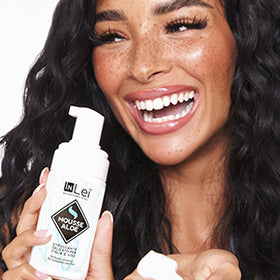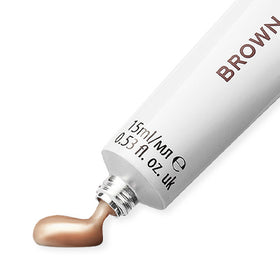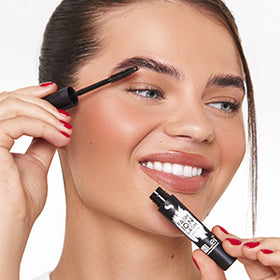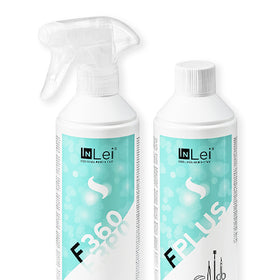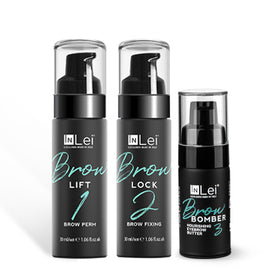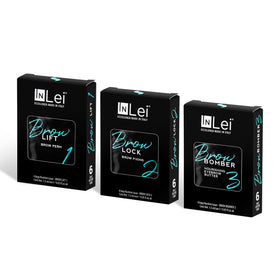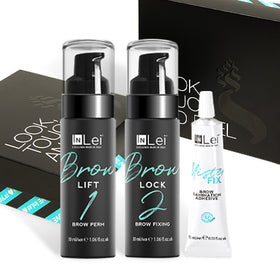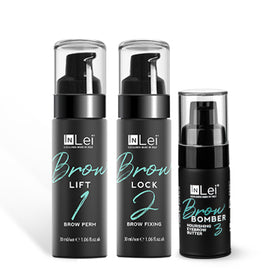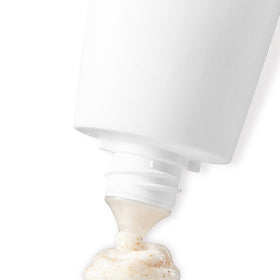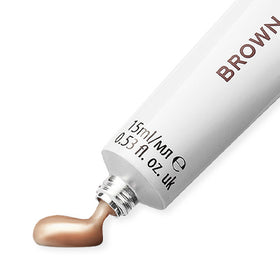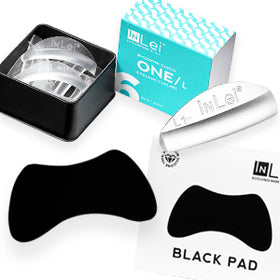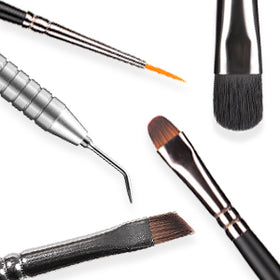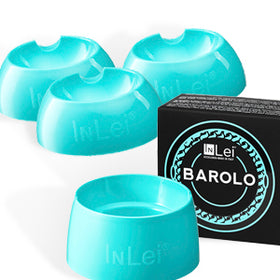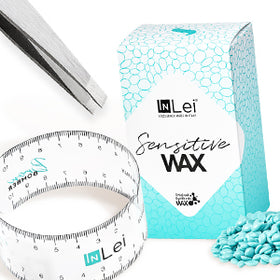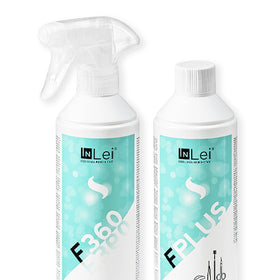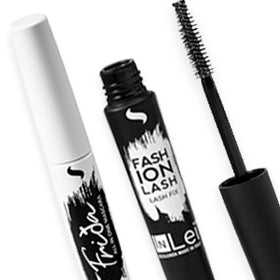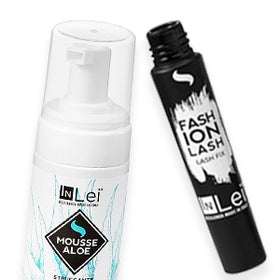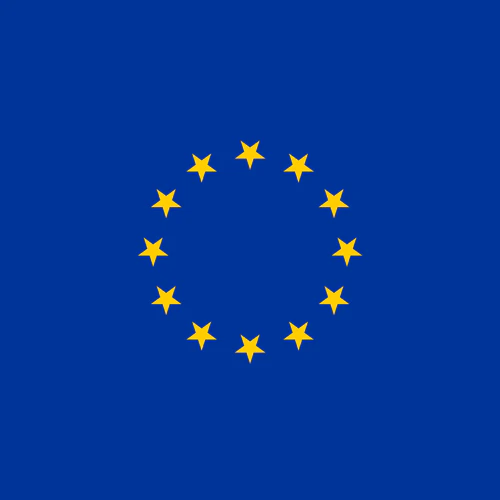Contraindications to Lash Filler: When Not To Perform A Lash Lift
As a Lash Technician, Lash Filler treatments can significantly enhance your service offerings, attracting a wider clientele seeking fuller, more voluminous lashes. However, it's crucial to understand that not everyone is a suitable candidate for this procedure. Recognising the contraindications to lash lift treatments is paramount to ensure the safety and satisfaction of your clients. This guide delves into the essential contraindications of Lash Filler, providing you with the knowledge to make informed decisions and offer professional advice.

Key Contraindications to Lash Filler
Before proceeding with a lash lift treatment, it's essential to conduct a thorough consultation with your client to identify any potential contraindications. Here are the most common ones to be aware of:
Allergic Reactions
Clients with known allergies to the ingredients used in the Lash Filler system or any related products should avoid this treatment. If they have had allergic reactions to other lash lift treatments, then it is highly likely that they will experience similar effects with Lash Filler. It's crucial to perform a patch test at least 48 hours before the scheduled appointment to ensure no adverse reactions occur.
Eye Infections or Conditions
Individuals suffering from eye infections (e.g. conjunctivitis), chronic dry eye, blepharitis, or any other eye conditions should postpone the treatment until their condition has fully resolved. Performing lash lift treatments on compromised eyes can exacerbate the condition and lead to further complications.
Recent Eye Surgery
Clients who have recently undergone eye surgery, including LASIK, cataract surgery, or any corrective eye procedure, should wait until their ophthalmologist gives them the clear to proceed with lash filler treatments. The healing period can vary, but it's generally recommended to wait at least six months.
Pregnancy and Breastfeeding
While there is no direct evidence linking Lash Filler to adverse effects during pregnancy or breastfeeding, it's advisable to err on the side of caution. Hormonal fluctuations can also affect the effectiveness and longevity of the treatment, as well as the integrity of the hair. Always ensure you check with your insurance to understand what you are and are not covered for during pregnancy.

Skin Sensitivities
Individuals with sensitive skin around the eyes or conditions such as eczema or psoriasis near the lash line should exercise caution. The chemicals used in the treatment could potentially irritate sensitive skin, leading to discomfort and inflammation. As these conditions flare up and then clear up after a while, it could be possible for these clients to receive treatment once their condition has settled down. But again, be cautious around their skin and make sure to examine it thoroughly before the Lash Filler treatment.
Medical Reasons
Clients undergoing certain treatments are advised to stay clear of lash lifts. For example, people going through chemotherapy are advised to avoid lash lifts due to the potential for increased sensitivity and the risk of infection. It's best to wait until treatment has concluded and a doctor has provided approval. This goes for a range of medical conditions. If the client does not have the all-clear from a doctor while on medication, it’s best to take caution and avoid the Lash Filler treatment. This shows us the importance of a thorough consultation!

Best Practices for Lash Technicians
To ensure the safety and satisfaction of your clients, always adhere to the following best practices:
Thorough Consultations
Always conduct a detailed consultation before booking a client in for a lash lift. This includes reviewing the client's medical history, current health conditions, and any medications that could affect the treatment's outcome.
Patch Testing
Implement a mandatory patch test for all new clients to rule out any allergic reactions to the products used during the treatment.
Client Education
Educate your clients on the importance of disclosing all relevant health information and the potential risks associated with a lash lift treatment if they’re not truthful with certain allergies, conditions or medications. This is not only for your benefit but for the health and safety of your client. Always take notes and guide your client through their consent form to make sure you have it on record that you’ve done your best to get the necessary information from your client.

Follow-Up Care
Provide clients with detailed aftercare instructions to ensure the longevity of their Lash Filler treatment and to minimise the risk of complications. Check out our blog on Top Tips for Lash Lift Aftercare here.
Lash lifts offer a fantastic opportunity for clients to enhance their natural beauty and for technicians to expand their service offerings. However, understanding and recognising the contraindications to Lash Filler or other lash lift products on the market is crucial for the safety and well-being of your clients. By following best practices and staying informed about the latest developments in lash care, you can provide exceptional service while maintaining the highest standards of safety and professionalism.
Incorporating these insights into your practice will not only safeguard your clients but also enhance your reputation as a knowledgeable and responsible Lash Technician. Remember, the health and satisfaction of your clients are paramount to your success in the ever-evolving beauty industry.




